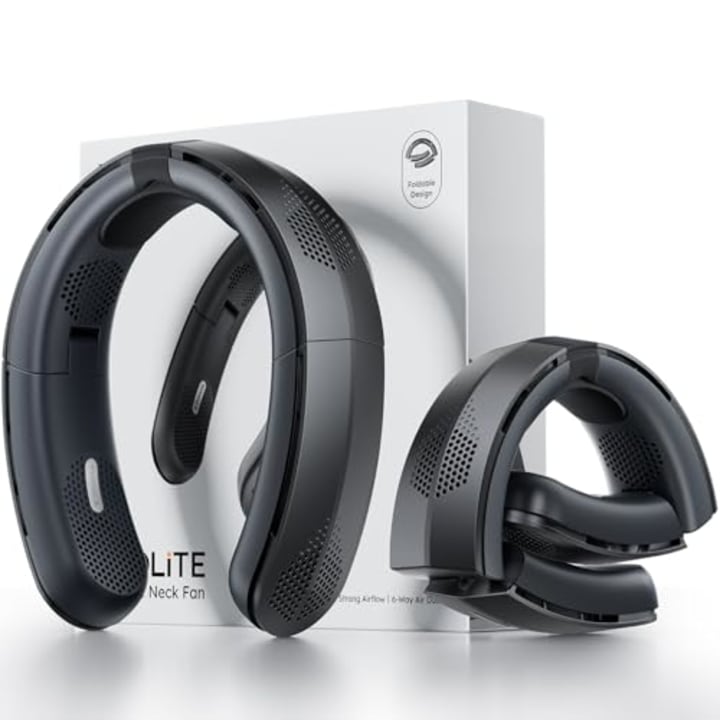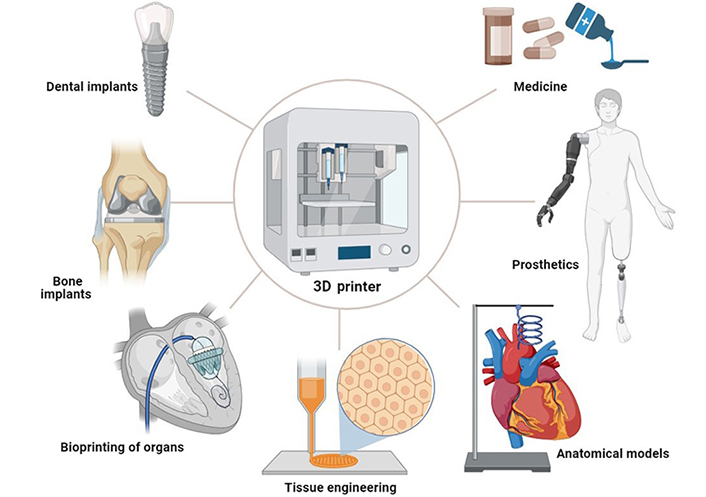Consumer Reports: 2025’s 10 Most Dependable Electric SUVs
**The 10 Most Dependable Electric SUVs In 2025 As Per Consumer Reports**
In the swiftly changing automotive environment, electric vehicles (EVs) are becoming more common. By 2025, a substantial segment of new vehicle sales is electric, with SUVs spearheading the movement in the United States. This transition is propelled by regulatory incentives and consumer interest in eco-friendly transportation alternatives. Based on Consumer Reports, several electric SUVs are noted for their dependability, making them prime selections for buyers eager to invest in the automotive technology of tomorrow.
**2023 Nissan Ariya**
The Nissan Ariya is acknowledged for its dependability, providing a range of 205 to 304 miles based on the variant. With a starting price of $43,190, it includes dual motor all-wheel drive and a minimum battery capacity of 63 kWh. Despite its controversial design, the Ariya is lauded for its safety features and compatibility with Apple CarPlay.
**2025 Lexus RZ**
The Lexus RZ, with a starting price of $43,975, stands out for its steer-by-wire technology and luxurious amenities. It can reach 60 mph in 4.4 seconds and offers a range of approximately 200 miles. However, it has been criticized for its slow charging rate and restricted driving range.
**2024 Hyundai Ioniq 5**
Hyundai’s Ioniq 5 is recognized as a top safety choice with a starting price of $41,800. It provides a range of up to 260 miles and showcases excellent crashworthiness. While it does not support wireless integration with Apple CarPlay, its rapid charging capability and dependable performance position it as a formidable option.
**2025 Audi Q4 E-Tron**
The Audi Q4 E-Tron, beginning at $51,095, boasts a range of up to 288 miles. It offers opulent interiors and a smooth ride but does not perform as well in certain safety evaluations. Nonetheless, it remains a trustworthy option for those in search of a high-end electric SUV.
**2023 Genesis GV60**
Genesis’ GV60, starting from $58,890, is a premium SUV with a range of 248 miles. It delivers strong performance and reliability, though it may lack some user-friendly features such as wireless CarPlay integration.
**2025 Mini Countryman**
The Mini Countryman, priced at $46,375, merges luxury with electric efficiency. It accelerates to 60 mph in 4.8 seconds but has a limited range of 212 miles. Its substantial driving feel may not suit everyone, yet it remains an economical choice within its segment.
**2022 Ford Mustang Mach-E**
Ford’s Mustang Mach-E, with a starting price of $43,000, has a range of up to 314 miles. It receives acclaim for its mileage and reliability but has encountered recalls due to battery and drivetrain concerns.
**2025 Kia EV9**
Kia’s EV9, priced starting at $54,900, is a top-rated safety selection with a range of up to 280 miles. It features a roomy interior and robust safety systems, although the third row may feel somewhat congested.
**2023 Tesla Model Y**
The Tesla Model Y, with a starting price of $45,630, is celebrated for its reliability and safety features. It provides a range of up to 303 miles but has faced scrutiny for its build quality and absence of CarPlay integration.
**2024 BMW iX**
BMW’s iX, starting at $75,150, combines luxury and performance with a range exceeding 300 miles. It includes cutting-edge technology and a comfortable ride, although it does come with a steep price.
**Methodology**
This article relies on data from Consumer Reports, which assesses vehicles on metrics such as reliability, safety, and performance. The chosen SUVs encompass a variety of categories and price ranges, offering consumers a broad spectrum of reliable electric transportation options.









